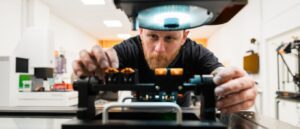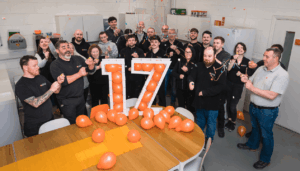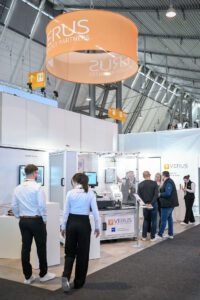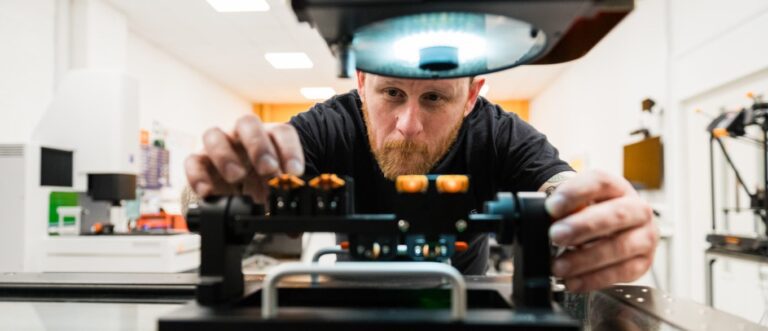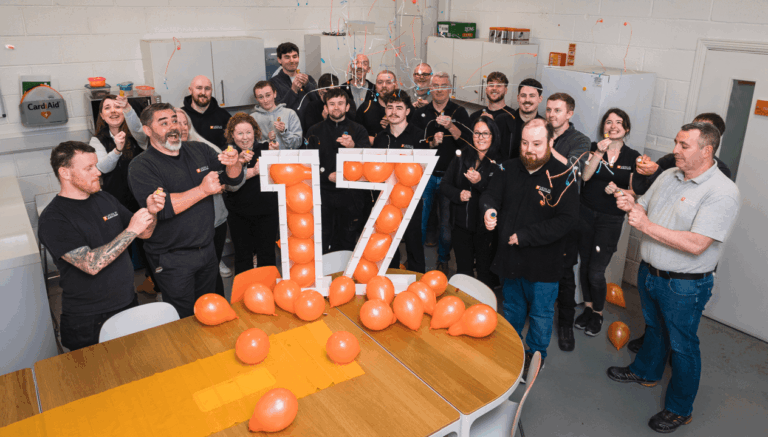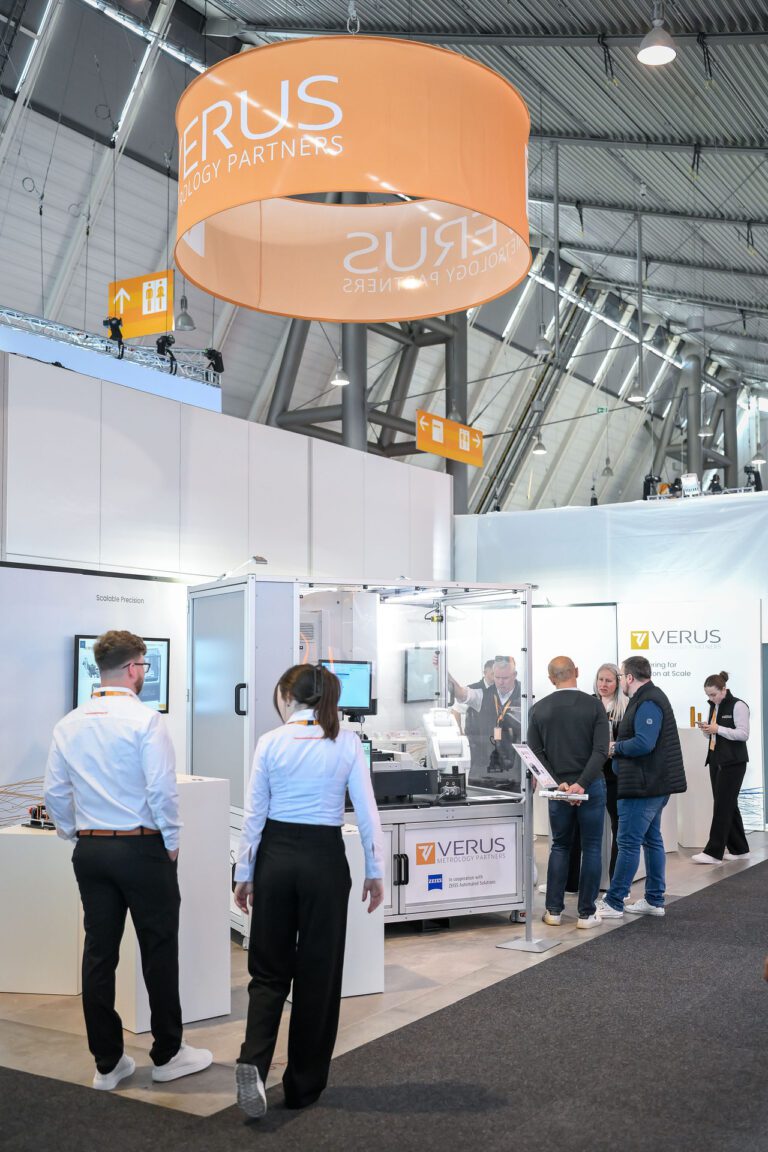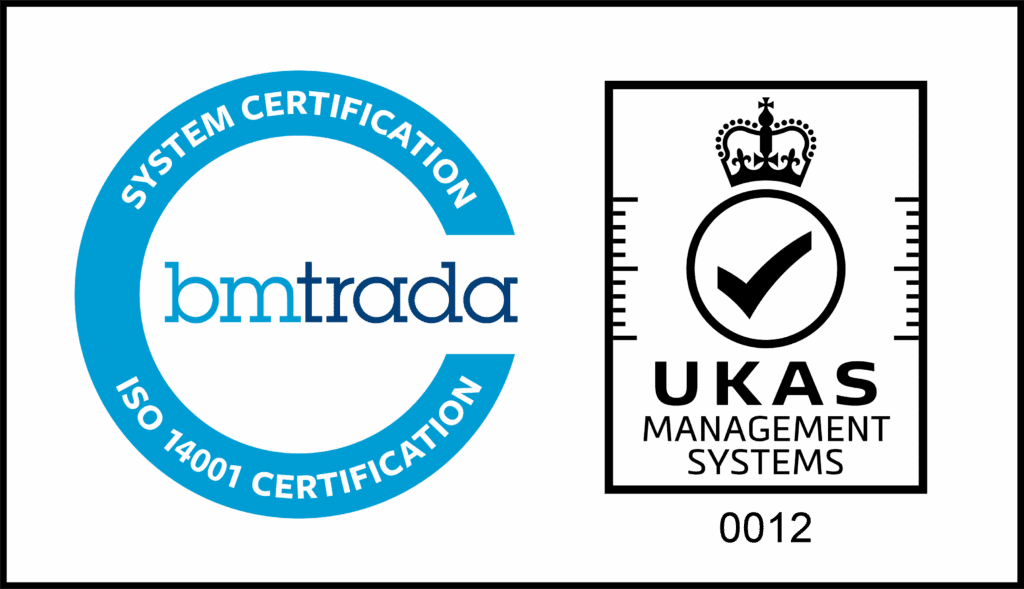If you are developing an inspection solution for a new medical device product, there will be several objectives you will want to achieve. This includes meeting quality and compliance requirements, as well as getting a return on investment. While not exactly the same, you will have similar objectives when upgrading or optimising the inspection process of an existing product. In this blog, we’ll explain how your objectives can be more effectively achieved by considering metrology fixtures and inspection processes before machines.
Before going further, it’s important to address the fact this is not always possible. Your facility might already have a CMM or vision system in the metrology lab or quality department. You might already have metrology resources and/or inspection routines, or you might have limited room for manoeuvre for other reasons.
The advice and recommendations highlighted in this blog are still relevant as they are centred on an overarching principle of metrology best practice, i.e., that metrology and inspection should be high-level, early-stage considerations.
What’s the Problem We Are Trying to Address?
There is a common scenario in the medical device industry from our experience at Verus Metrology Partners. It is the panic station scenario, where metrology and inspection processes have either been neglected until it is too late or have failed to deliver on requirements. These situations can arise for a number of reasons. Common examples include:
- Resource availability
- Insufficient attention to metrology during an NPI project
- Problems with existing processes
- Inability to achieve the required sampling rate
More information on each is below.
Resource Availability
This could be the availability of resources with the skills and experience to create new or updated inspection routines. Or it could be resources to complete the required inspection processes, i.e., loading products onto the inspection equipment, running the routine, unloading, etc.
Insufficient Attention to Metrology During an NPI Project
Metrology issues can arise when there is a lack of attention to inspection processes during the design or design transfer phases of a new product introduction (NPI) project. In these situations, metrology and inspection are an afterthought, the result of which is a rush to get a system in place to meet NPI commercial milestones and deadlines.
Problems With Existing Processes
These situations typically involve problems getting existing inspection equipment, inspection routines, and workflows to produce repeatable and reproduceable inspections. The root cause could be anything from software programme issues to fixture suitability to human error.
Unable to Achieve the Required Sampling Rate
An inability to achieve the required sampling rate is often because of product or component complexities. In other words, you have an inspection system that works, but you can’t get enough samples from a batch through the required processes within an acceptable time.
This can put you in a situation where a decision needs to be made on releasing the batch with an insufficient sampling rate or holding it until enough products have been inspected. Both have downsides and risks:
- Releasing the batch brings quality control and compliance risks as you won’t have the necessary confidence that enough products in the batch will pass inspection.
- Holding the batch could impact commercial commitments, contracts, and relationships with customers.
Solutions, But Not Always Fully Optimised Solutions
There are solutions to all the scenarios described in the above section. However, they are solutions with inevitable compromises. For example, the CMM and/or vision system used to inspect your product might not be the best option. But it’s the one you have, so the solution that is developed has to work around it.
The result is often a solution that meets your inspection, quality, and compliance needs, but which could have been better with a different approach.
An Optimised Approach
As already mentioned, this optimised approach to developing an inspection solution for your medical device product is not always possible. However, the information below is still useful wherever you are in the timeline of an existing project. These principles can also be factored into future projects, where metrology and inspection are considered at an earlier stage.
When to Start Thinking About Metrology and Inspection
The ideal time to begin thinking about the inspection process for your medical device product is during the design and development phase. By considering metrology in these early stages, design engineers can incorporate design for inspection (DFI) principles, ideally under guidance from an experienced metrology professional.
With this approach, the product can be tweaked to facilitate fast inspection processes that don’t compromise on accuracy or lead to errors, while also minimising inspection costs – both capital expenditure costs and the ongoing costs associated with metrology and inspection.
An optimised metrology fixture can then be designed purely from the perspective of the product, rather than having to also adapt the fixture to an existing, not-quite-fit-for-purpose CMM.
The result will be a product that is optimised for inspection in addition to all the other objectives of a design project – quality, regulatory compliance, safety, intended use, performance, commerciality, DFM (design for manufacturing), DFA (design for assembly), etc.
Benefits of Focusing on Product and Fixture Before CMM and Routine
By focusing on your product and the metrology fixture solution that will be central to the inspection process, CMM machines can be assessed with an option then selected that will deliver on key metrics:
- Return on investment – generating tangible returns across your entire investment, including the CMM, fixture, and software programme.
- Optimised use of the machine – where you avoid buying a machine that has a range of capabilities and functions that you don’t and won’t ever need. Or you avoid buying a machine that lacks the capabilities you are likely to need in the future.
- Optimised batch sampling rate – to meet your quality control and compliance requirements and objectives.
- Resource optimisation – by limiting operator involvement in the inspection process as much as possible. This delivers additional benefits, including cost savings, resource allocation optimisation, and elimination of human error.
- Future-proofing – future-proofing the inspection process and associated equipment as much as possible to take into account product lifecycle, future development, and product upgrade plans.
With this optimised approach, there are practically no limits on the metrology technologies and best practices that you can apply. From inline or near-line inspection to the automated loading of metrology fixtures to the auto-rotation of components (objects under test) in multi-station configurations.
Minimising Risks, Optimising Opportunities
The approach to metrology design and investment covered in this blog is part of minimising the risks of inspection processes and optimising the opportunities. You can read more in our whitepaper: Inspection Risk and Opportunity in Medical Device Manufacturing.

